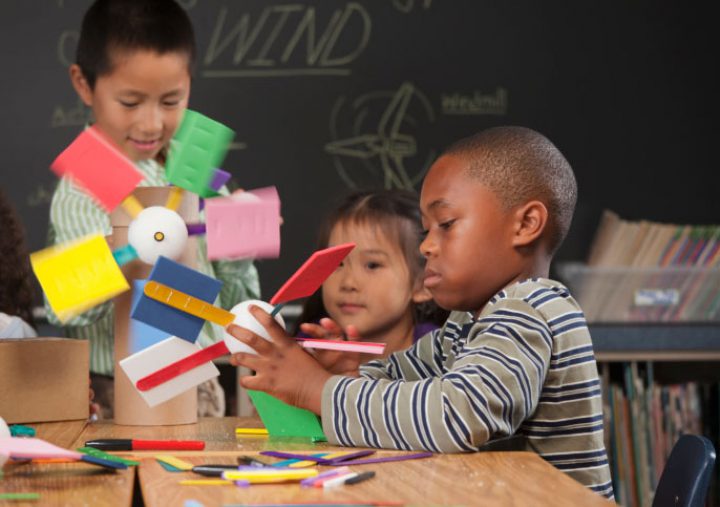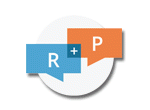How to focus students’ engineering design projects on science learning

Why It Matters To You
- Teachers should include engineering design learning tasks as a way for students to learn science concepts and how to engage in problem solving.
- District staff & PD providers should support teachers in developing engineering design projects in science and develop budgets for purchasing engineering design materials.
- School leaders should encourage teachers to create and adapt engineering design projects in science and provide a supportive environment for teachers to test and refine designs.
What Is The Issue?
Science and engineering share many of the same practices, however, they are fundamentally different fields with different pursuits and processes. Scientists typically seek multiple strands of evidence to support or refute claims about the natural world, while engineers use an iterative problem solving process to meet specific, often human-related, needs. Tensions between these two fields can make it difficult to integrate engineering into the science classroom, but simple strategies can help teachers use engineering design as an inclusive way to teach science concepts.
Authors:
VERONICA CASSONE MCGOWAN - FEBRUARY 2015
Reflection Questions
- Each year, engineering should be taught in science class according to the NRC Framework & NGSS. Discuss: "any [science] education that focuses predominantly on the detailed products of scientific labor—the facts of science— without developing an understanding of how those facts were established or that ignores the many important applications of science in the world misrepresents science and marginalizes the importance of engineering."
- How do scientists and engineers engage in practices differently & how can you integrate practices into classroom instruction?
- Which science concepts in your curriculum lend themselves to engineering design projects?
Things to Consider
- While many of the NGSS practices are the same for science and engineering, there are aspects that are also distinct. For example, scientists generally ask questions about the natural world, while engineers define problems to be solved. Scientists construct explanations based on observations and data, while engineers design solutions. Highlighting these differences with students can help them appreciate how science and engineering are connected.
- There are many types of engineering design that can be employed in the classroom—and not all have to include building something. The essential features of engineering require that student engage in an iterative problem solving process around complex problems.
- Give students time to share failures and successes with classmates. Engineering design is a highly collaborative process, and both students and professionals can learn from each other's experiences.
Attending to Equity
- Create engineering projects that enable students to engage in problem-solving related to personally-relevant, real-world problems that impact their lives and their communities. Read about a powerful example of this.
- Leverage students' outside interests and expertise in the design process. Are some students skilled at using tools, or sketching design plans? Draw on that expertise by giving those students leadership roles or responsibilities in the classroom.
Recommended Actions You Can Take
- Implement engineering design projects that fit with your comfort level, pedagogical practice, and school culture. If you choose materials-rich projects too early on, you may spend most of the time managing materials rather than supporting students in design.
- Encourage students to test early and iterate often, and to conduct research only as questions arise in the design process. Research shows that novice designers often get stuck on defining problems and spend too much time conducting background research before testing out ideas. Expert designers test early and fail often to surface problems in their proposed solutions and to refine their designs.
- Frame project criteria and constraints as being related to the science concepts you want students to build into their designs. They often get framed around materials use, time, and project procedures—which are more about classroom management than engineering. Authentic criteria and constraints should relate to the science concepts used during the design process. They should reflect natural laws and material properties that limit all engineering solutions.
- Outline student learning goals in ways that relate science concepts to specific parts of the design (e.g., "students will consider Newton's Third Law of Motion as they design a rubber band powered go-cart that should move forward and stop, without bouncing back").
- Use classroom design time for formative assessment. Ask student teams questions to guide their design processes, and to surface their understanding of how focal science concepts relate to their designs. For example, "What inspired this design?" and "Can you tell me how you incorporated science concepts into this design?"
ALSO SEE STEM TEACHING TOOLS
- #7 Expanding Engineering
- #14 Why NGSS?
- #15 Equity in Science Education
- #36 Managing Design Frustration
STEM Teaching Tools content copyright 2014-22 UW Institute for Science + Math Education. All rights reserved.
This site is primarily funded by the National Science Foundation (NSF) through Award #1920249 (previously through Awards #1238253 and #1854059). Opinions expressed are not those of any funding agency.
Work is licensed under a Creative Commons Attribution-ShareAlike 4.0 Unported License. Others may adapt with attribution. Funded by the National Science Foundation (NSF). Opinions expressed are not those of any funding agency.


 Email Feedback
Email Feedback


